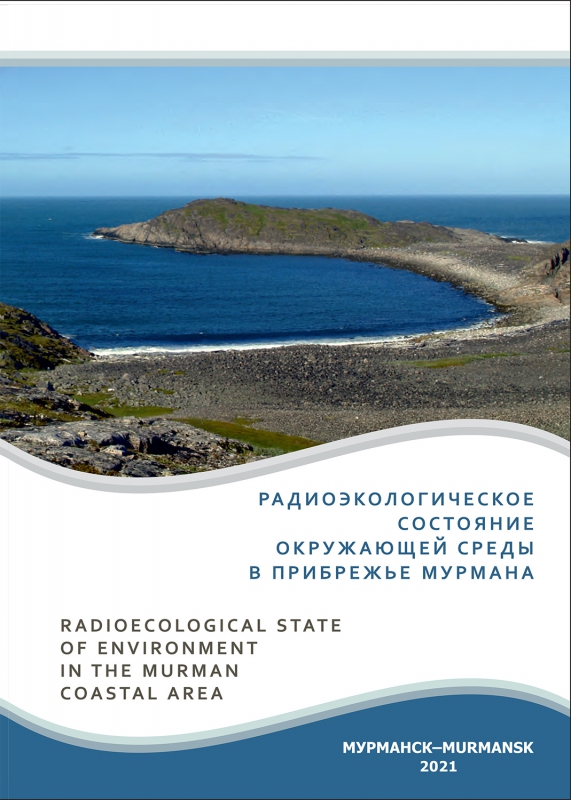 Radioecological State of Environment in the Murman Coastal Area; Murmansk Marine Biological Institute RAS, Akvaplan-niva – Murmansk, 2021. – 70 p.
Radioecological State of Environment in the Murman Coastal Area; Murmansk Marine Biological Institute RAS, Akvaplan-niva – Murmansk, 2021. – 70 p.
At present, a dangerous "post-nuclear" legacy is concentrated in certain regions of the Arctic. It includes the disposal of radioactive waste and the coastal infrastructure of the civil and military nuclear fleet. Nuclear power sources and radioactive waste (RW) are concentrated here. While modern methods of using atomic energy are much more technological, and are accompanied by the modernization and improvement of the infrastructure for the safe management of nuclear waste, the most important task has become the elimination of the accumulated hazardous legacy. At the same time, the risks of radiation pollution in any episodic incidents involving the use of nuclear energy sources and in the management of radioactive waste require constant study and monitoring.
The coastal zone of the Barents Sea differs from open sea areas in high social demand and maximum economic development by the population. The associated presence of many sources of radioactive radiation determines the need for constant monitoring of the state of the marine environment in the coastal area.
In 2012-2020, Russian-Norwegian projects were implemented aimed at studying radioecological state of the Murman coastal area. The projects were carried out by the Murmansk Marine Biological Institute of the Russian Academy of Sciences (MMBI RAS) and Norwegian research company Akvaplan-niva, and supported financially by the Governmental Action plan on Nuclear Safety and Environmental Protection managed by the Norwegian Radiation and Nuclear Safery Authority (DSA).
In this publication, in popular science form, we present the main results obtained in the course of the implementation of these projects.








